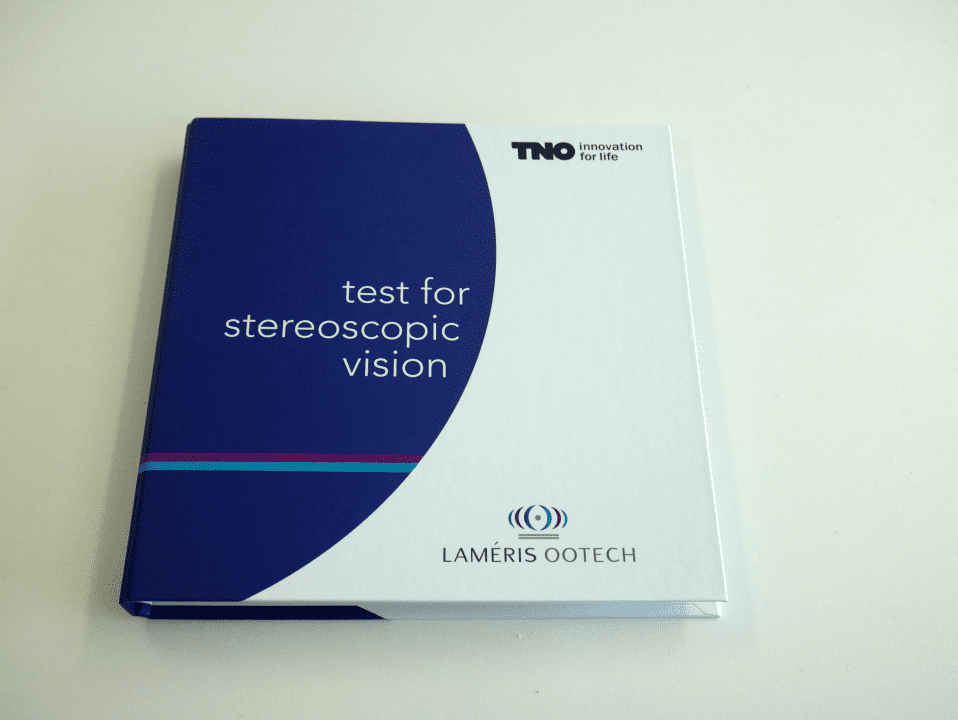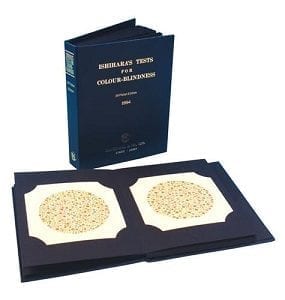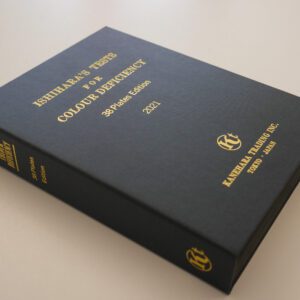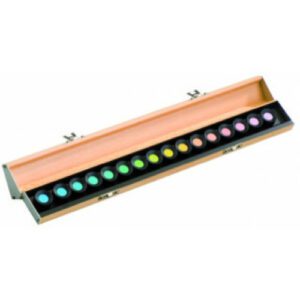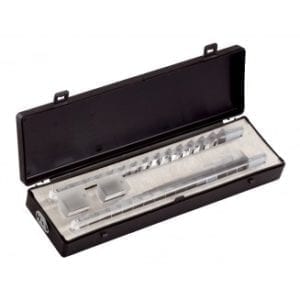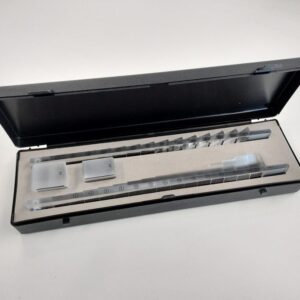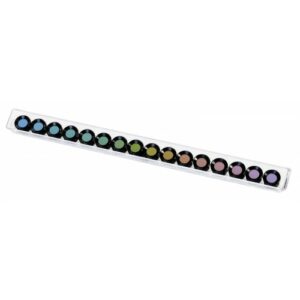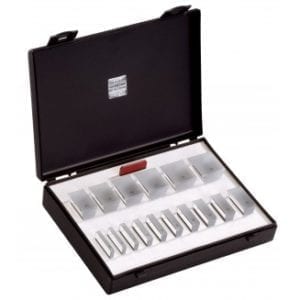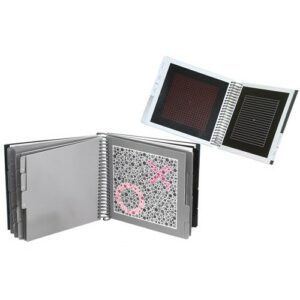TNO Stereo Test (without glasses)
€67,00 excl. VAT
The renewed 19th edition of the TNO stereo test is extremely suitable for testing depth perception in (very young) children. The book consists of 6 plates with figures.
This is only the test book without the glasses.
The TNO stereotest (19th edition) contains six test plates, presented in book form. The test has been primarly designed to detect amblyopia in young children (between 2,5 and 5 years old) but it can also be used for stereopsis testing for adults (depth perception) in occupational test settings.
This is only the test book without the glasses, are you looking for the complete test including glasses? Then click on the following link: TNO stereotest with glasses
TNO stereotest
The test consist of the following test plates:
- Plates 1 to 3: screening plates
- Plate 4: plate for testing eye suppression
- 5 and 6: plates for the quantitative testing of stereoacuity
On the 3 screening plates images are shown (such as a butterfly and geometric forms) that, when viewed with the red-green glasses, seem to float above the plate. The quantitative plates have optoptypes in the form of discs with parts missing.
Instruction of use TNO stereotest
The recommended viewing distance of this test is 40 cm, during the test the red-green glasses should be removed. The use of another pair of red-green glasses can have consequences for the diagnosis so please always use the official glasses which are provided with the test.
The colors of the test are selected for testing under daylight, this means a level 500 to 1000 lux. However, any other light source with a similar color rendering index may be used as well.
Improvements compared to the 18th edition
- The color scheme of Plate IV, the Suppression test, has been improved.
- Plate VII has been taken out of the test. This plate was not observed by the children aged 2 to 4 years and caused frustration and lack of cooperation in this age group.
- The plates have received a different, improved color scheme.
- The design of the test has been adapted to current standards. You can also immediately recognize the new edition.
| Weight | 1 kg |
|---|

